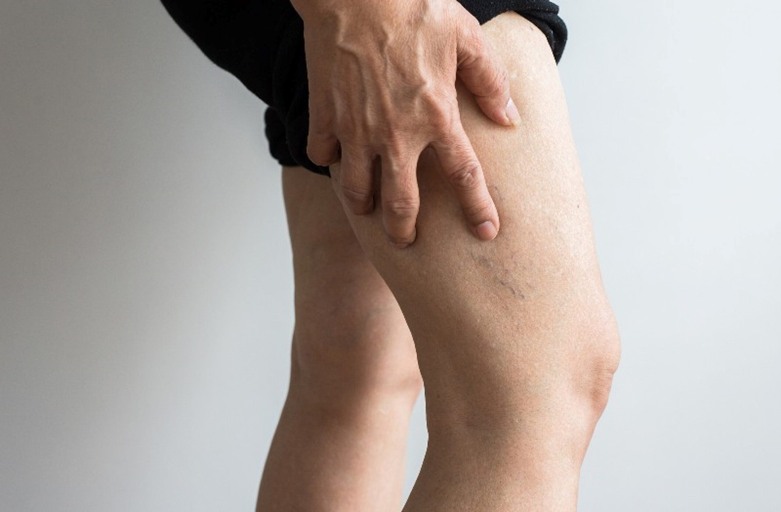Peripheral Vascular Disease: Identifying Risk Factors and Evaluating Treatment Choices
What is Peripheral Vascular Disease?
Peripheral vascular disease (PVD) is a general term for a condition that decreases blood flow to a body part other than the heart or brain. Peripheral arterial disease (PAD) is a type of PVD. PVD is usually caused by narrowing or blockage of the arteries, typically due to fatty deposits, and it generally affects the extremities, and sometimes the abdomen. Here, we take a closer look at PVD risks, symptoms, and treatments.
Symptoms of Peripheral Vascular Disease
Primarily, PVD affects the legs, feet, and toes, causing cramping, pain, tingling, coldness, and wounds that heal slowly or won’t heal at all. If it is left untreated, though, it can lead to much more severe symptoms, including gangrene. Aching pain in the limbs and arms is typically one of the first and most easily identifiable symptoms of this disease, and pain in the toe, even without activity, can be the worst symptom. PVD can also cause the skin to turn red, and the lack of blood and oxygen to the limb can cause cold feet. Gangrene happens because of the low supply of oxygen and nutrients, due to poor circulation. Often, people do not spot the symptoms of PVD until it has progressed significantly and is very serious. Some people never experience symptoms, but their PVD is diagnosed by a physician. Often, podiatrists diagnose PVD when it occurs in feet, using a test that compares blood pressure in the arm to blood pressure in the ankle.
Peripheral Vascular Disease Risks
PVD is caused by a few different things. Smoking can damage blood vessels, causing PVD. The accumulation of plaque in the blood vessels, known as atherosclerosis, is a major cause, as is diabetes, which damages the inner lining of blood vessels. A person’s risk of peripheral vascular disease increases if he or she is a smoker or has high blood pressure, high cholesterol, or diabetes.
Peripheral Vascular Disease Treatment
PVD treatments begin with lifestyle modifications. Eating a nutritious diet, exercising regularly, quitting smoking, and managing cholesterol and blood pressure are all important steps in treating PVD. Walking is a good way to eliminate PVD by improving circulation, and it also helps reduce pain and other symptoms. Regular walking can build up a person’s stamina, allowing that person to walk increasingly further distances. A nutritious diet for managing PVD should include a balanced amount of sodium, fiber and fats, as well as other nutritious foods, which can lower the fatty deposits in the blood pressure and reduce the symptoms of peripheral vascular disease. Reducing stress can also be helpful, because stress can lead to high blood pressure, which increases the risk of peripheral arterial disease. Doctors also prescribe medication to treat PVD, including antihypertensive and Statin medications to lower high blood pressure and cholesterol, both of which increase a person’s risk of peripheral vascular disease. To lower the pain associated with the disease, aspirin or cilostazol may be prescribed.
Experts Who Understand Peripheral Vascular Disease
If you’re seeking peripheral vascular disease treatment or help with other vein issues, trust the board-certified physicians at the Arizona Vein & Laser Institute. Using the most advanced technology, the vascular and cardiovascular surgeons at the Arizona Vein & Laser Institute provide care for all types of venous diseases. With over 40 years of experience, our team of experienced physicians can devise the right treatment plan to address your venous disease problems. For more information contact us through our website.

